Altered States
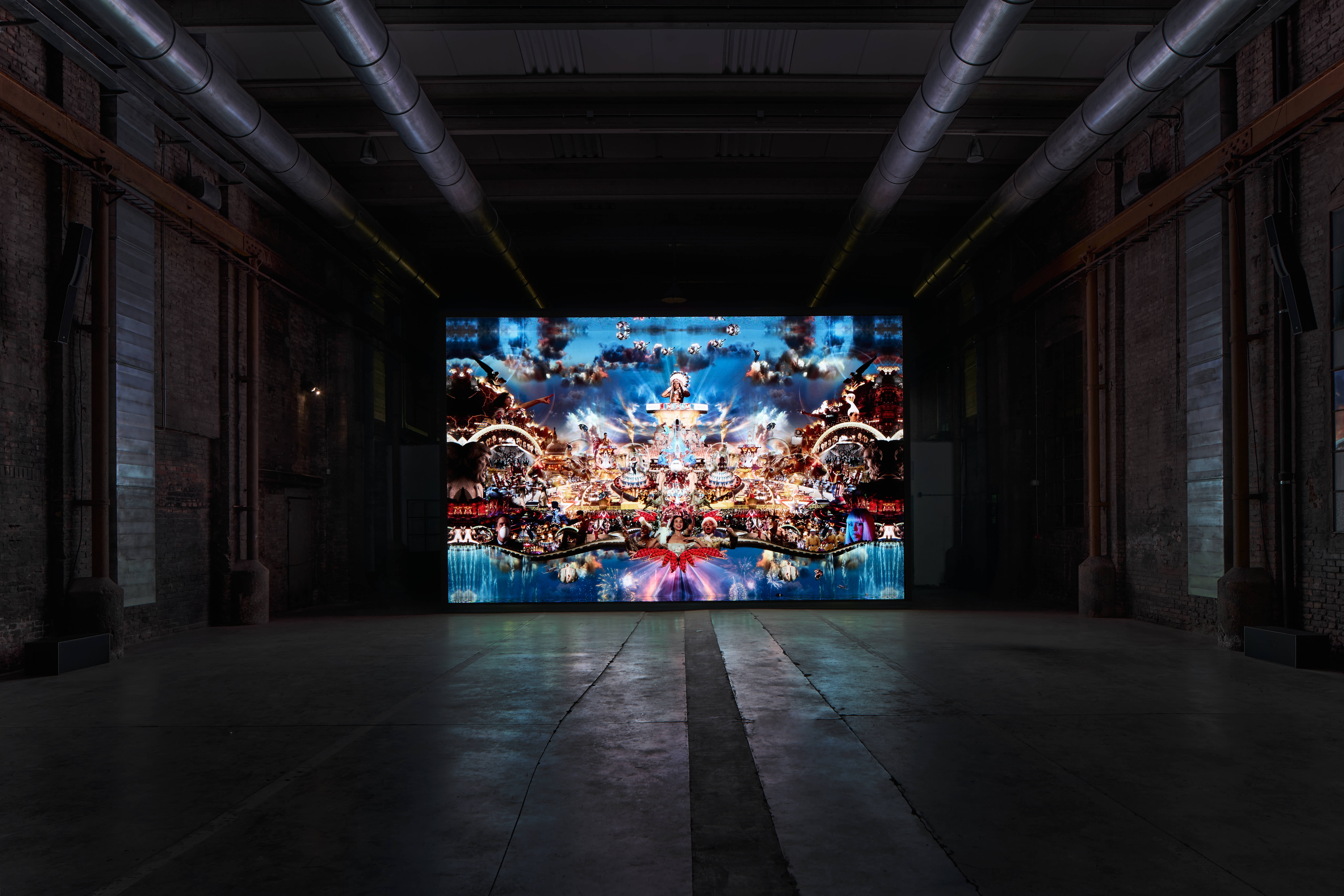
When you think of Marghera, an industrial harbor next to Venice, you never think of it as an incubator of art. It is indeed an incubator for trade that connects people, as it is one of the most commercially profitable places in Italy, because all Venetian trade for Europe and the world passes through there. However, it’s not commonly thought of as a place for artistic encounters, a cultural melting pot.
Well, in their Haus laboratories, unveiled last year, Golden Goose presents an evolution of this project, namely the artistic experience of Marco Brambilla.
Marco Brambilla is a London-based artist known for his immersive video installations and pioneering use of digital technologies. His works, which re-contextualize popular and archival imagery, are displayed in museums like MoMA, Guggenheim, and SFMOMA.
This year, Brambilla was invited by Golden Goose-together with visionary curator Jérôme Sans, co-founder of Palais de Tokyo in Paris- to present “Altered States” in Italy for the first time. Altered States is a work that challenges perceptions of media, technology, and consciousness.
So, what is Altered States? Practically speaking, it’s an audiovisual installation. Experientially, it’s much more.
“I come from cinema as a film director,” says Marco, “and when reflecting on my youth, I wanted to include elements from films and clips that were important to my life.”
The short, about four minutes long, seems at first glance like a psychedelic journey into the human mind. However, it’s actually an experiential and connective cinematic game that, as Brambilla himself states, began in 2005 and reaches the present moment, in 2025, twenty years later.
 SILVIO CAMPARA (C) MARCO BRAMBILLA (R).jpg)
The utopian world converses with the apocalyptic one, contrasts with symmetries, dreams with reality. These are essential fragments of human life and of intergenerational collective and emotional memory: Audrey Hepburn dialogues with divine elements, just as colossal fantasy movie figures interface with Titanic and The Wolf of Wall Street. It’s not only a connection to the subconscious and fragments of Marco's individual memory. Indeed, when asked if it was healing process for him to revisit his childhood, Marco said no, though his slightly red cheeks betrayed him, admitting in his subconscious that, even as a grown-up, stitching together fragments of his youth is an emotional and interconnected experience between the man you are today and the man you were when you were a child.
However, there are two common threads that unite Silvio Campara (CEO of Golden Goose), Jérôme Sans (Curator), and Marco Brambilla (Artist) that connect these worlds: the concepts of connection and culture.
For all of them, culture might seem like an old concept, one that emphasizes differences among human beings. However, as all three have affirmed, we are now all part of a shared, collective, and connective story. The problem, as Silvio points out, is not the excessive culture that results from a globalized world; on the contrary, the problem lies in the standardization that devalues the cultural/individual element in each of us, as well as in the contemporary economic and entrepreneurial world.
Therefore, the concept of connection becomes crucial and this is what reveals the emotional center of Brambilla’s work as well as Golden Goose's entrepreneurial effort. For them, connection means the ability to link individual dreams to the interconnected framework that binds human relationships.
In a "fantastic" era (as Campara describes it) like the one we are living in, the concept of emotional connection becomes crucial for the current social reflection, in which I, you, and anyone can dialogue with anyone, and we can all communicate in unison through our very essence, represented by the dreams each of us holds, which, in the end, are preserved in our memories. These, as in Brambilla’s works, evolve the self within the threads of the collective-connective experience that is called “life”.
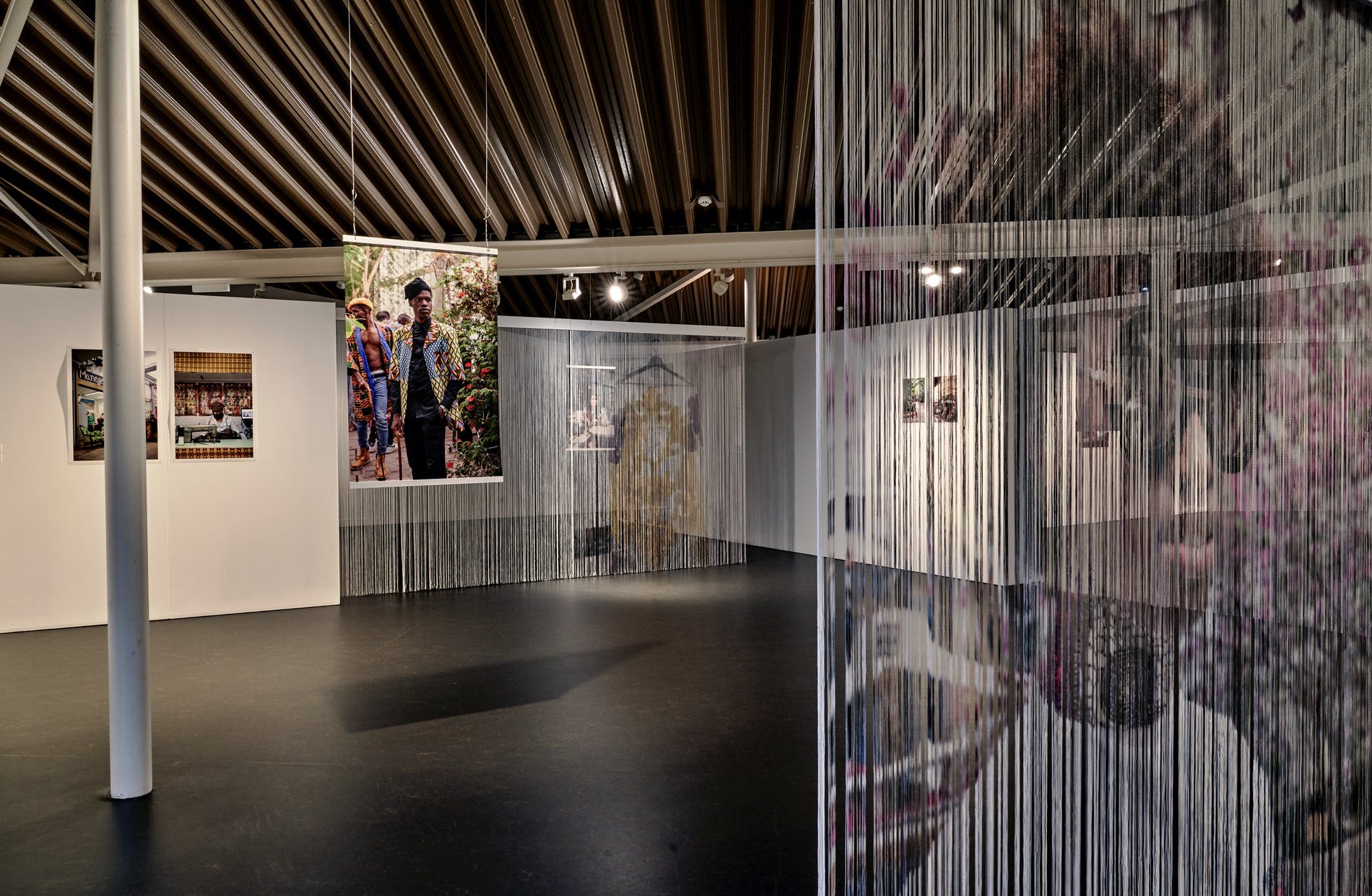
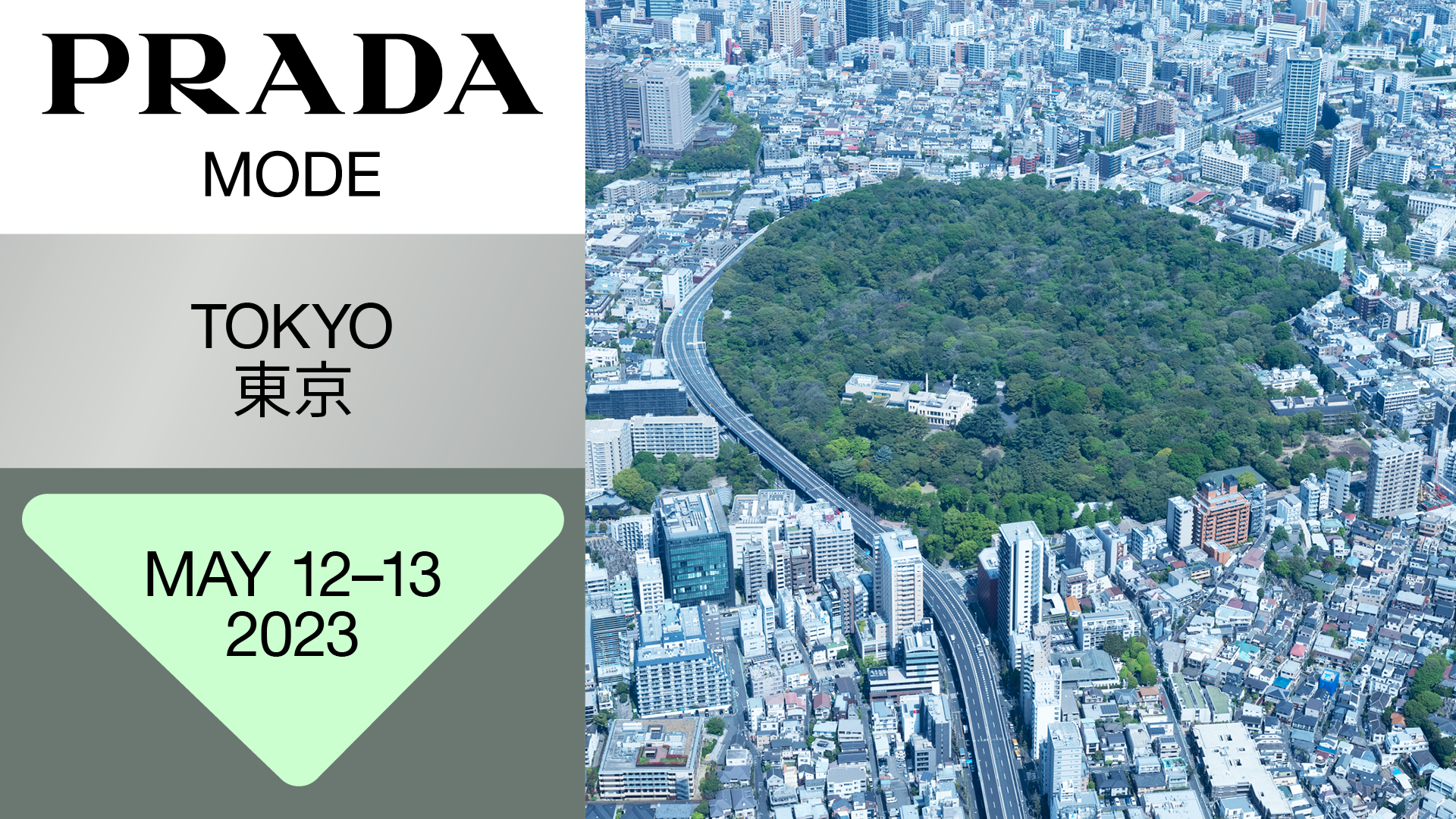

.jpg)

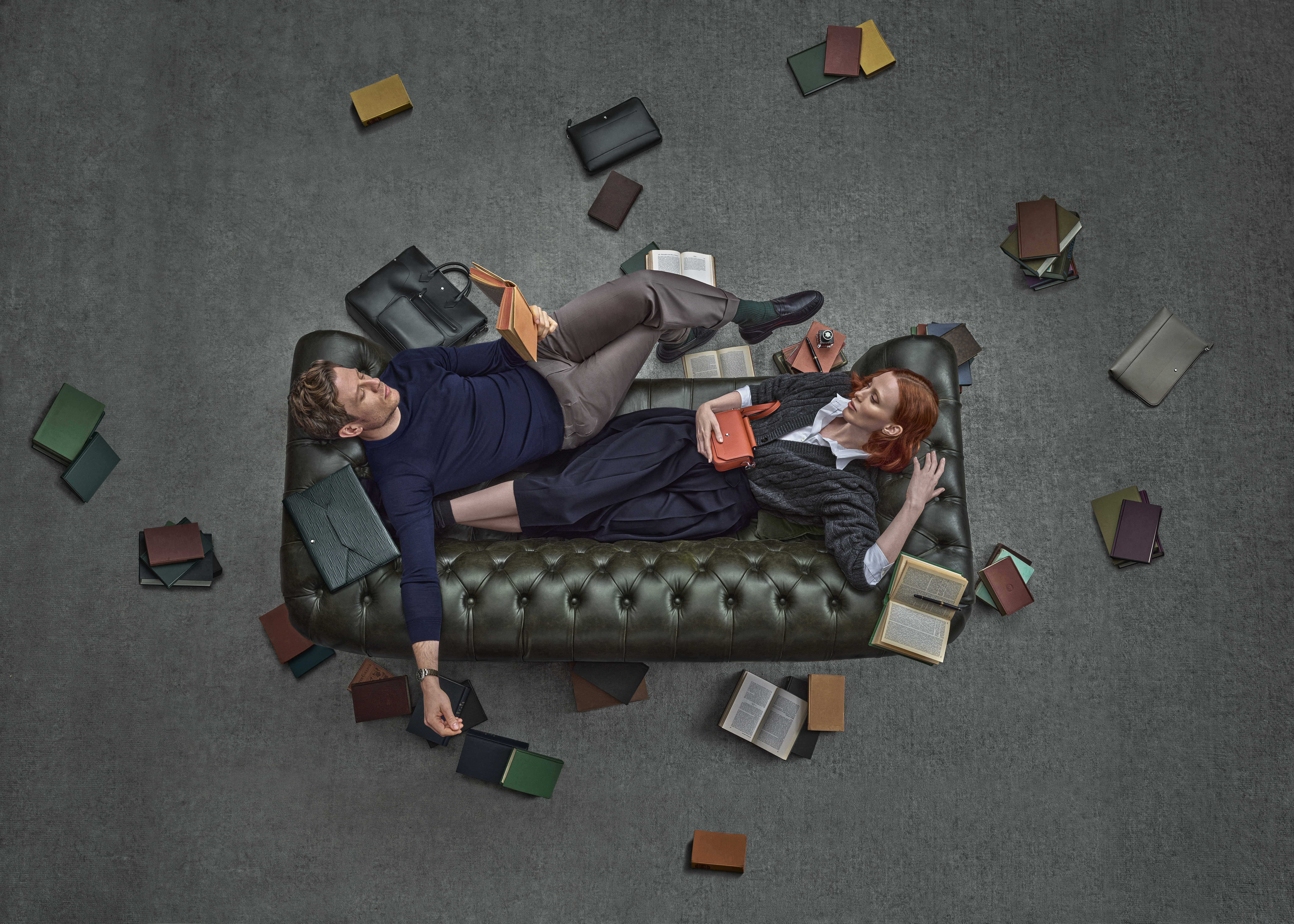
.png)
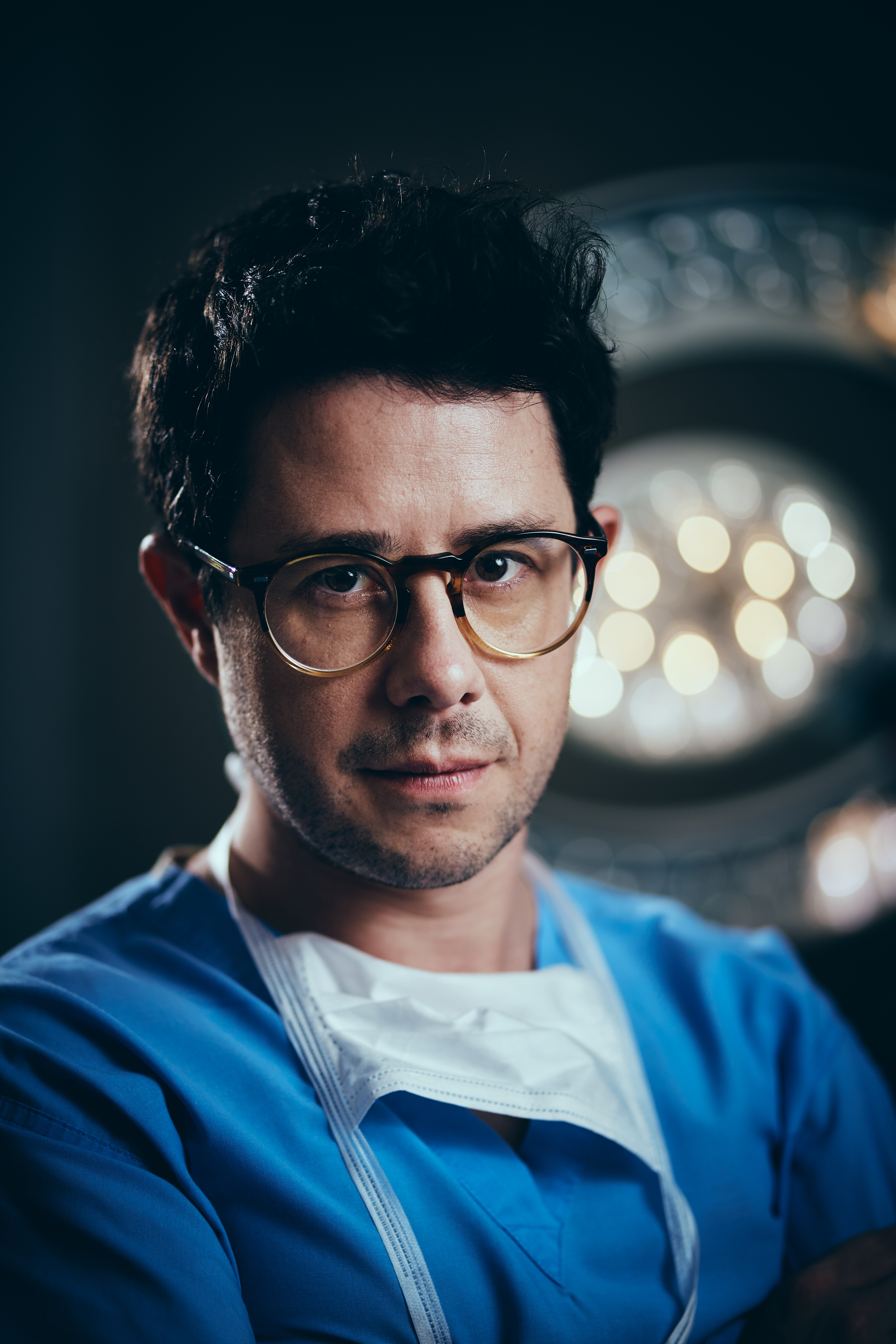
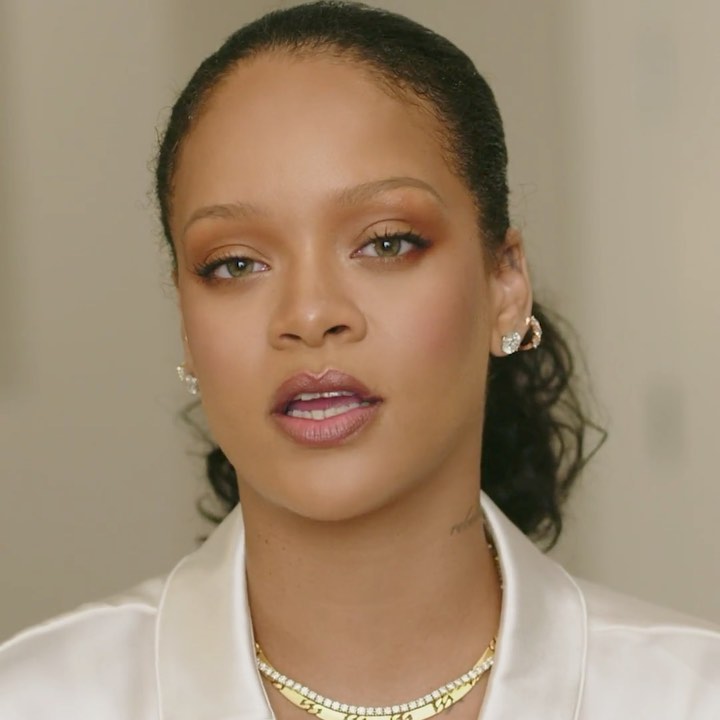
.jpg)